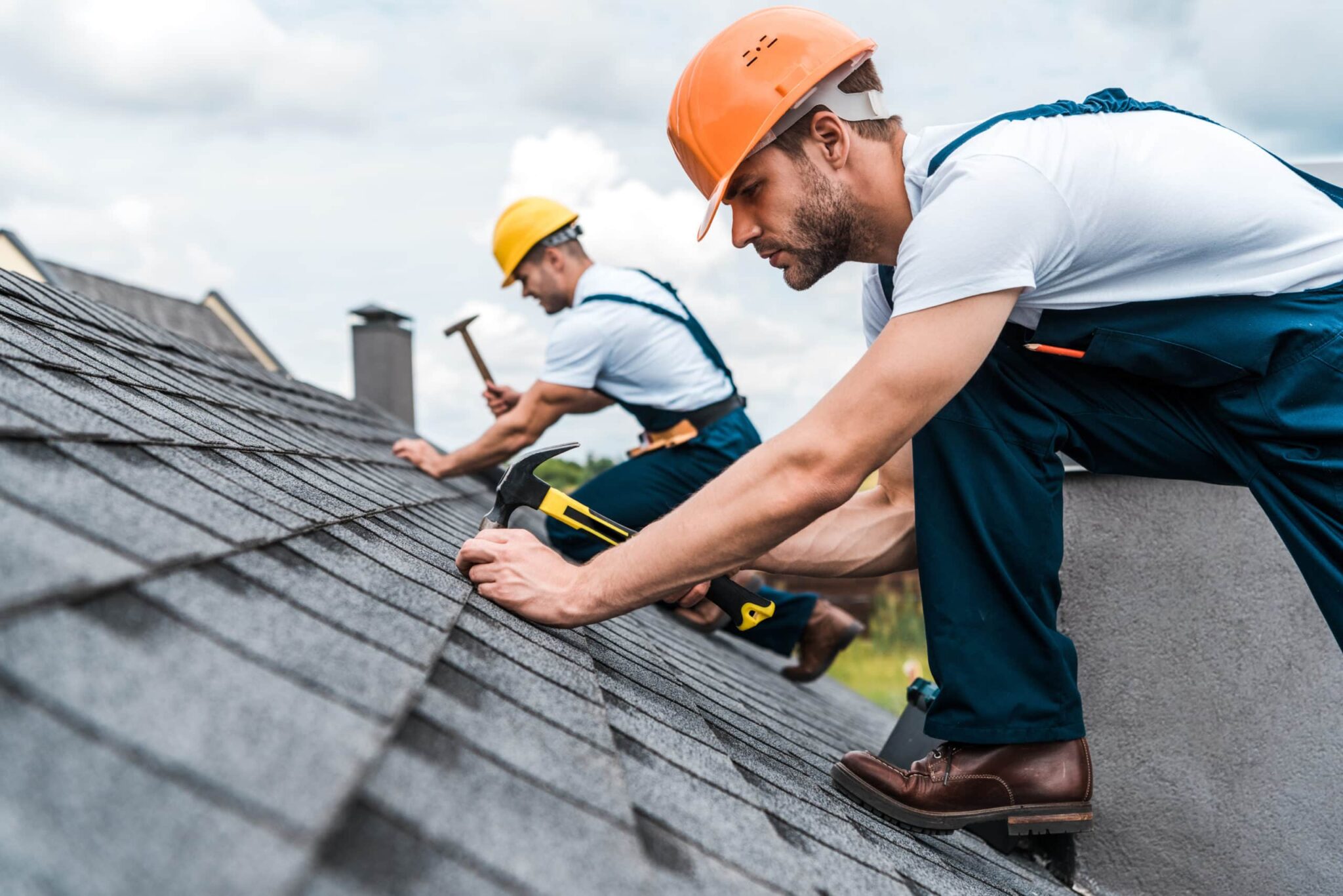When it comes to roofing, numerous homeowners often focus on the visual appeal and the materials used, but one crucial aspect is often forgotten: proper ventilation. Sufficient ventilation plays a significant role in enhancing the durability of your roofing and ensuring it performs optimally throughout the seasons. Poor ventilation can lead to a host of issues, including moisture buildup, increased energy costs, and a reduced lifespan for roofing materials. Grasping the importance of proper attic ventilation can help you make wise choices regarding the installation of roofing and maintenance.
When you begin your roofing journey, whether it's a total replacement or minor repairs, knowing the right time it's time for a new roofing is essential. Homeowners should familiarize themselves with the signs that show that their roof may be coming to the final days. Elements like roofing type, typical concerns, and weather patterns can all affect how long your roof holds up. Moreover, ensuring that your roof has proper ventilation can stop many of the most frequent issues that arise over time, maintaining your home protected and comfortable. In this article, we will discuss the key role of ventilation in roofing and how it can significantly impact your roof's longevity and overall effectiveness.
Grasping Roof Lifespan and Reinstallation
The service life of a roof is influenced by several variables, which include the components used, the climate in which a home is positioned, and the extent of maintenance it receives. Distinct roofing materials have distinct lifespans; for example, asphalt shingles typically last 15 to 30 years, while metal roofing can last for 40 years or beyond. Homeowners should consistently be mindful of the specific lifespan associated with their roofing materials to plan for eventual replacement or the need for repairs.
Identifying when it’s time for a fresh roof can prevent more significant problems down the line. There are various signs that indicate a roof replacement may be necessary, like extensive shingle damage, sagging sections, and clear leaks inside the home. Regular checks are vital for spotting these issues in advance, ensuring that homeowners can resolve them before they escalate into costly overhauls or physical damage.
When evaluating roof renewal, comprehending the options on offer is essential. The process includes selecting the right materials suited for the home’s style and location, as well as choosing whether to go for a roof tear-off or a simple overlay. look at here determines the overall cost and longevity of the fresh roof, making it vital for homeowners to conduct thorough investigation or consult with roofing specialists before finalizing a decision.
Typical Roofing System Challenges and Solutions
One of the most frequent problems homeowners encounter is leaks in the roof. These can occur from multiple factors such as damaged shingles, inadequate sealing around vents, or deterioration over time. To fix leaks, it's essential to identify the source, which can often be achieved by inspecting the attic for indications of moisture. For small leaks, homeowners can make an effort to seal the area with roofing cement or sealant, but significant leaks may require qualified repair to guarantee a permanent resolution.
Another frequent problem is the issue of absent or worn shingles. This often happens due to extreme weather conditions or aging materials. Homeowners can readily swap individual shingles, provided they have replacements on hand, but should conduct regular inspections to identify these issues early before they lead to more significant problems like leakage or construction damage. In cases of widespread shingle damage, a full roof replacement may be needed.
Lastly, inadequate attic ventilation can lead to overheating and moisture problems, ultimately impacting the roof's stability. Homeowners should ensure that their attic has adequate ventilation to enable the correct flow of air. Installing ridge vents, soffit vents, or powered ventilators can help ensure a steady airflow. Regularly monitoring for signs of high heat or moisture can aid in resolving ventilation-related problems before they become worse into high-priced repairs.
Importance of Adequate Ventilation in Roof Structures
Proper ventilation is essential for maintaining the well-being and durability of a roof structure. It facilitates for the unhindered flow of air throughout the attic space, balancing temperature and moisture levels. Without sufficient ventilation, heat can accumulate and lead to elevated temperatures in the attic, which can compromise insulation and lead to higher energy costs. Furthermore, moisture accumulation can result in mold growth and wood rot, significantly compromising the structural integrity of the roof.
In furthermore to preventing damage, proper ventilation helps to extend the lifespan of roofing materials. Different materials have varying levels of vulnerability to temperature and moisture fluctuations. For instance, asphalt shingles can prematurely break down if trapped heat causes them to overheat. By ensuring sufficient airflow, homeowners can minimize the risk of premature replacement and maintain the aesthetic appeal of their roofs for a longer period.
Overall, installing proper ventilation systems, such as ridge vents and soffit vents, is a critical aspect of roof installation and maintenance. Homeowners should emphasize proper ventilation not only to avoid long-term damage but also to improve energy efficiency. Regular roof inspections should also include inspections on ventilation systems to ensure they are functioning correctly, thereby protecting the home investment.

